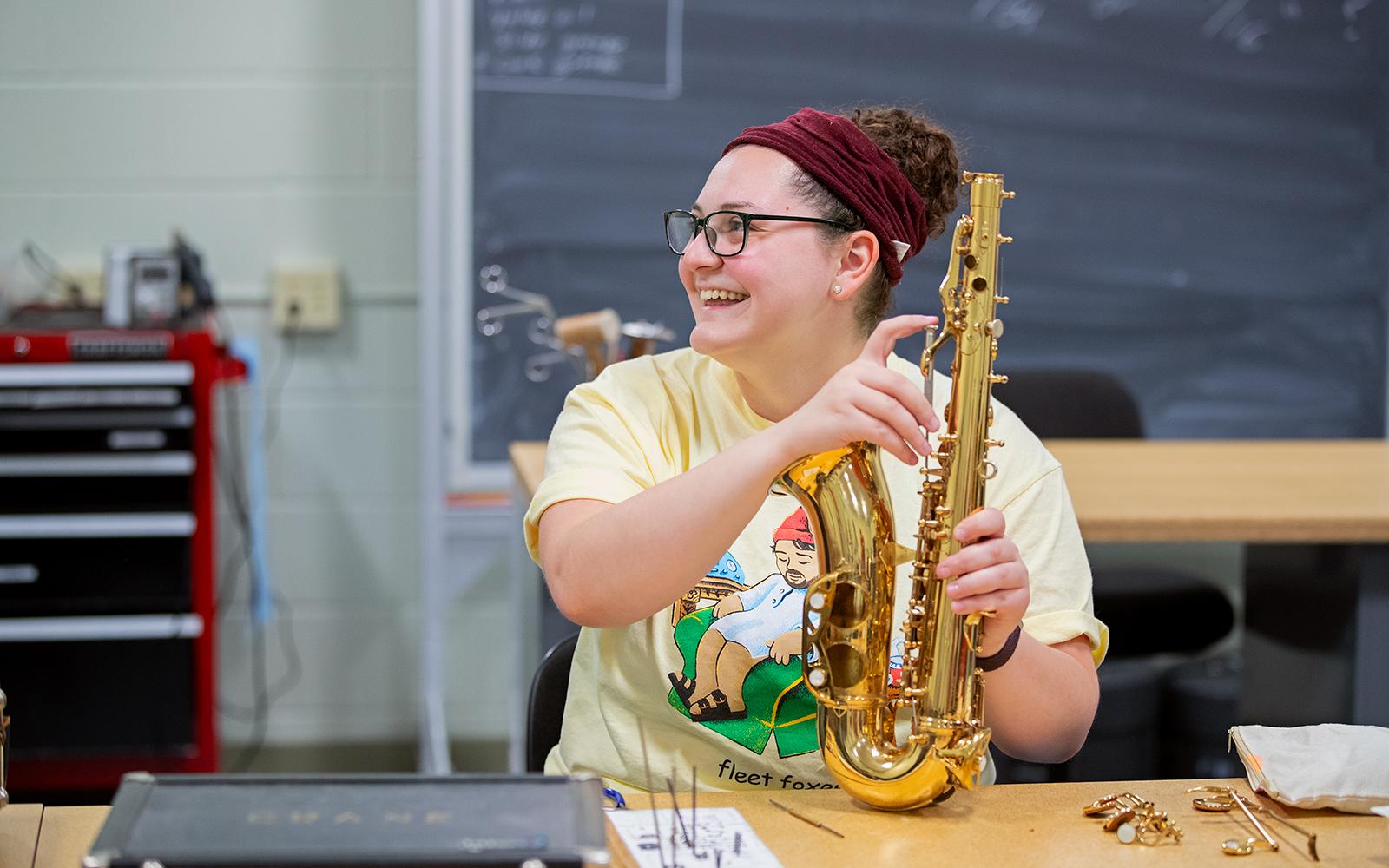Audition day is a pivotal moment in your life—one that can significantly impact your future career and financial commitments. Proper planning in the days leading up to your audition is essential, including selecting the right attire, ensuring you have enough reeds, valve oil, and mallets, and, crucially, organizing your travel. Transportation logistics are often overlooked until it’s too late, so it’s important to plan ahead and avoid unnecessary stress.
Choosing the Best Travel Option for Your Instrument: Flying with Large Instruments
If you play a cello, double bass, harp, bass clarinet, tenor saxophone, baritone saxophone, euphonium, tuba, electric guitar, electric bass, or acoustic guitar, be aware that these instruments are rarely allowed as carry-on items. Airlines typically require them to be checked at the gate, and checking an instrument as regular luggage is not recommended. Handling during transit can be rough, and damage is highly likely.
Key Points
Before traveling, it is important to know the carry-on luggage dimensions. For most airlines, they are approximately 22″ x 14″ x 9″ or 56 x 35 x 23cm.
Important: Bring a tape measure with you to the airport to prove your measurements
How to Ensure Safe Air Travel for Your Instrument
Purchasing an Extra Seat
One of the safest ways to travel with a large instrument is to purchase an extra seat. Secure your instrument in place using bungee cords (you will need to bring the bungee cords) around the seat to prevent movement during takeoff, turbulence, and landing.
Key Points
Remember to always take on board a heavy coat even if it is summer. You will soon see the importance of this sage advice.
Using the Overhead Bin (for Small to Medium-Sized Instruments)
If your instrument is small enough to fit in the overhead bin, take the following precautions:
- Avoid alerting gate agents—they have no authority to grant exceptions and might deny boarding.
- Wear the instrument on one shoulder, keeping it farthest from the gate agent to minimize attention.
- Accept a gate-check tag without argument but attempt to board normally and discuss options with the flight attendant instead.
Flight Attendants Can Help
Flight attendants prioritize smooth and on-time departures, so approach them politely and ask for assistance. If possible, request space in the first-class coat closet—many instruments fit here. Avoid escalating concerns to the pilot unless absolutely necessary; pilots have the final authority on all decisions.
Board Early to Secure Overhead Space
Consider upgrading to Comfort Plus (Delta), Main Cabin Extra (American), or Economy Plus (United) to board earlier and secure a safe space for your instrument.
What to Do If You Must Check Your Instrument
- Remove all loose parts (mouthpieces, reeds, valve oil, swabs) and place them in your backpack or coat, rolling up your coat under the seat.
- Secure all moving parts inside the case with soft padding (socks, towels, etc.).
- Ask if there are pets on board—a pressurized, heated compartment for animals may be safer for your instrument.
- Request that your instrument be returned at the jet bridge, rather than via baggage claim.
Key Points
If you have to travel more than 1.5 hours from your home by car, go the night before to the audition town.
Handling Damage and Temperature Changes:
Airlines have limited liability for damage, so expect minimal compensation. If your instrument was in a cold cargo hold, do not play it for 24 hours to allow it to adjust to room temperature and avoid cracks.
Key Points
Many airlines will not assume liability if your instrument is in a soft case. And many airlines will not assume any liability at all for fragile items such as musical instruments.
Borrowing an Instrument from the Auditioning School
- The instrument may feel different and may not be the same make or model.
- If using a borrowed instrument, bring your own mouthpiece to maintain some familiarity.
- Consider driving to the audition as it is your best option.
Driving as the Best Option
For maximum control and peace of mind, driving is often the best option. If feasible, arrive a day early to familiarize yourself with the campus, locate the audition venue, and ensure you get a good night’s rest.
Final Thoughts
Your audition day is one of the most important days of your musical career. Every detail, including travel arrangements, should be meticulously planned to ensure you arrive on time, well-prepared, and stress-free. Whether flying or driving, careful preparation will help you focus on what truly matters—performing your best.


.png) ARTICLE GLOSSARY
ARTICLE GLOSSARY

.png)
.png)


.jpg)
.jpg)
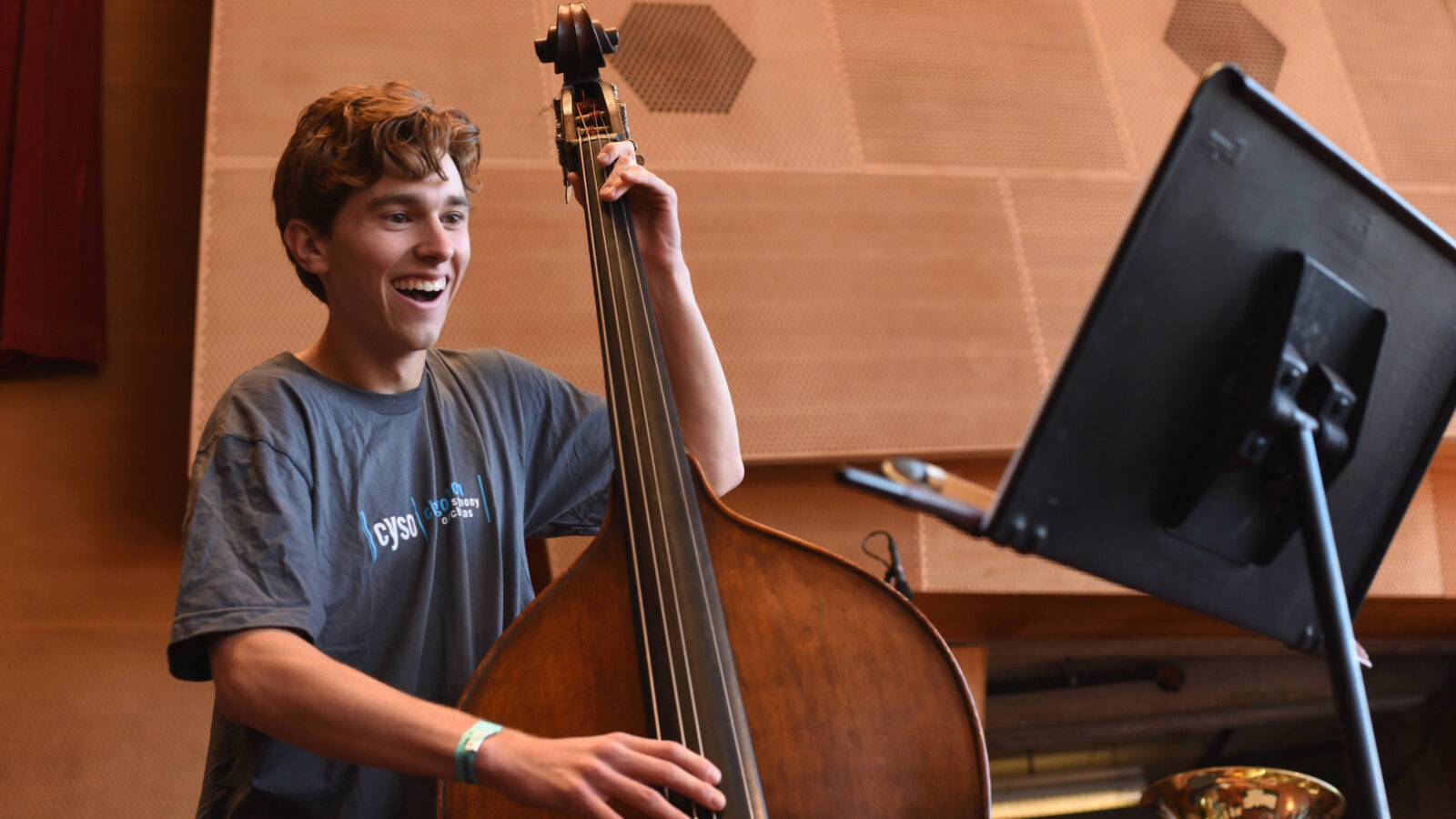
.jpg)

.png)

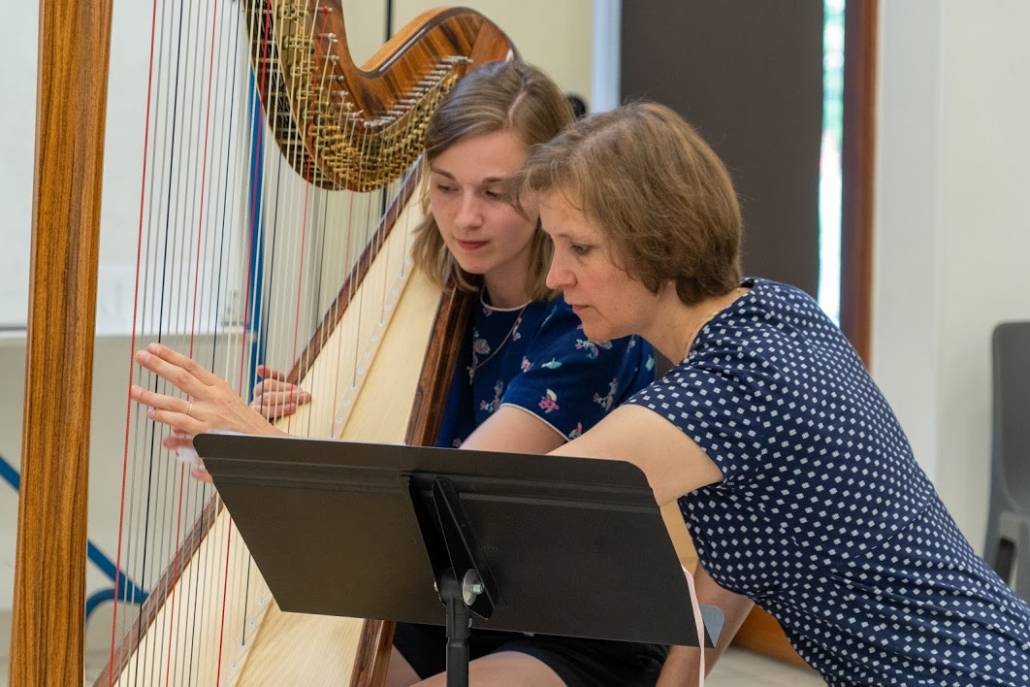


.jpg)
.png)
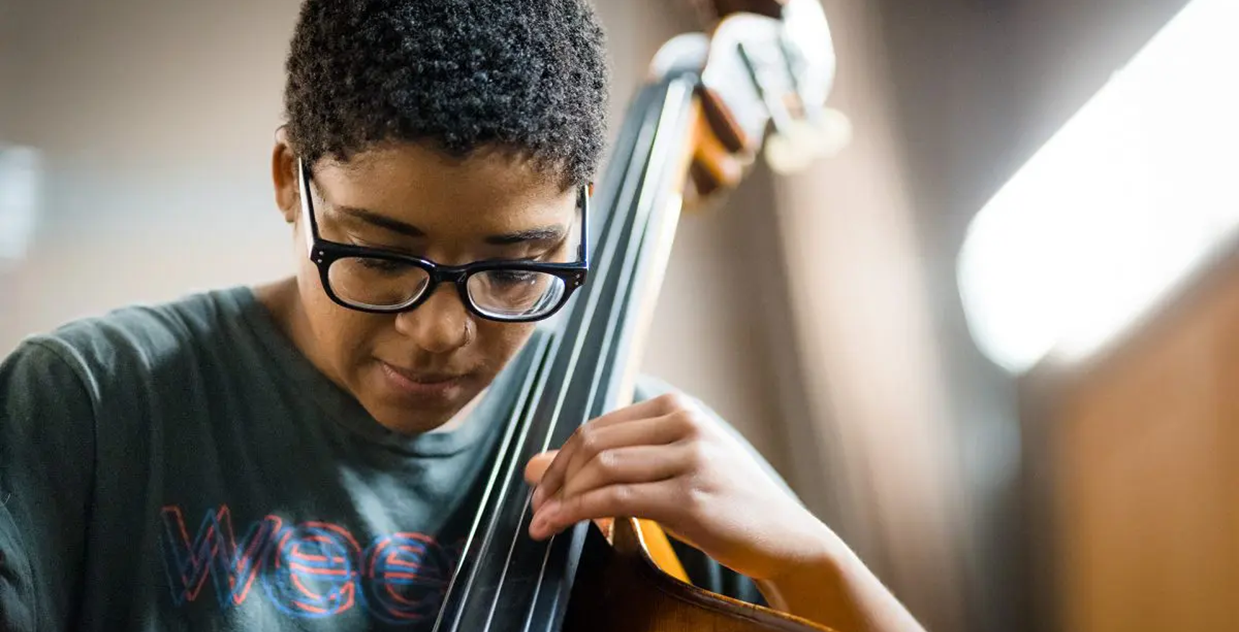

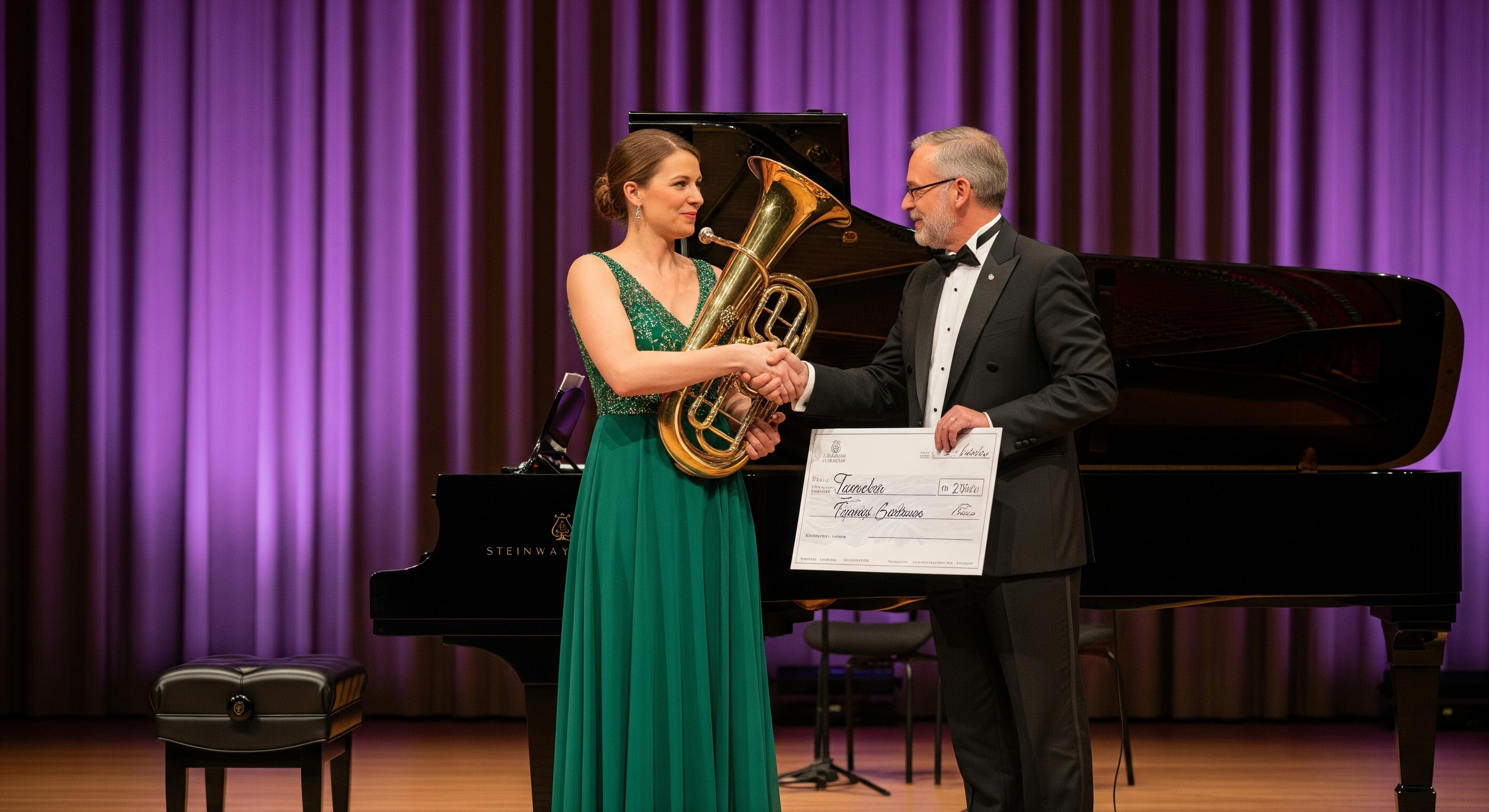

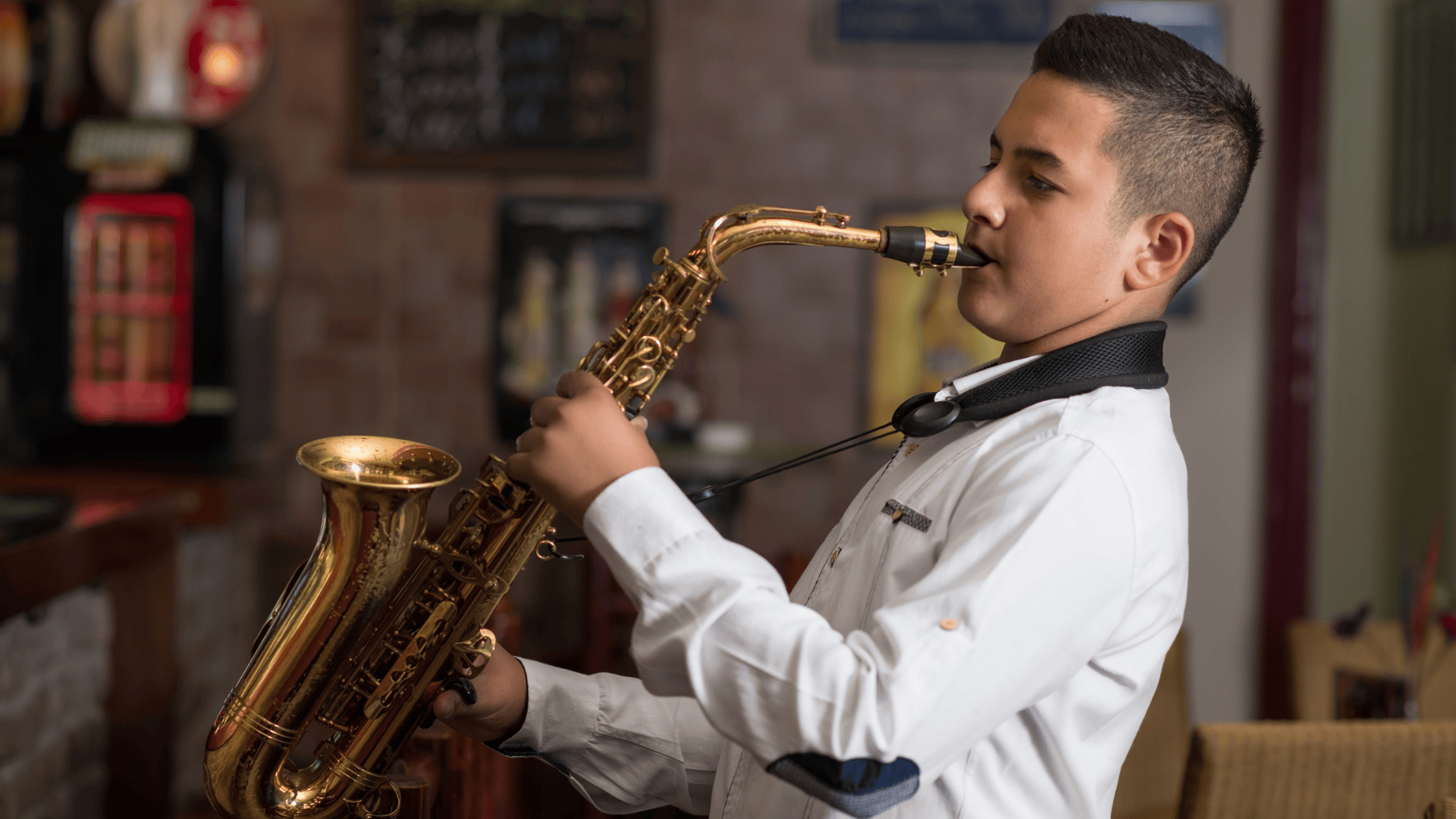
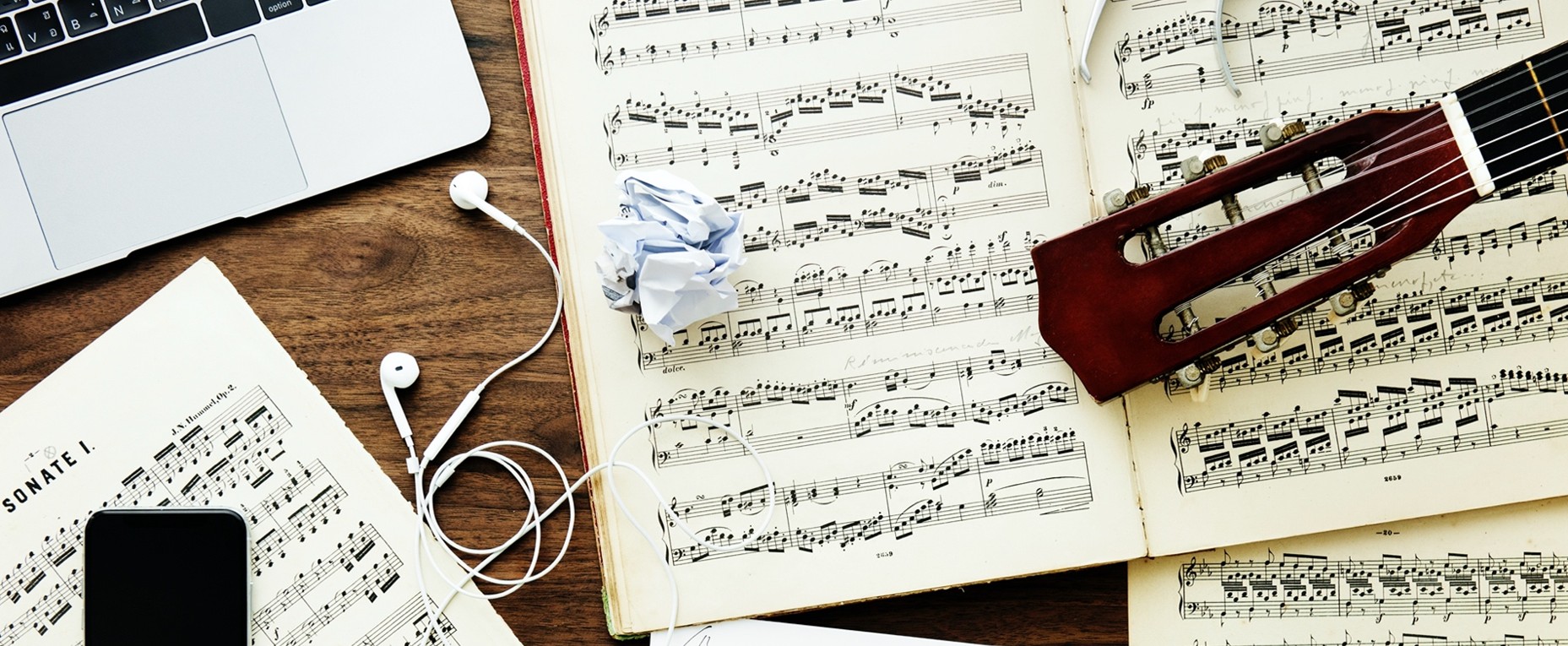
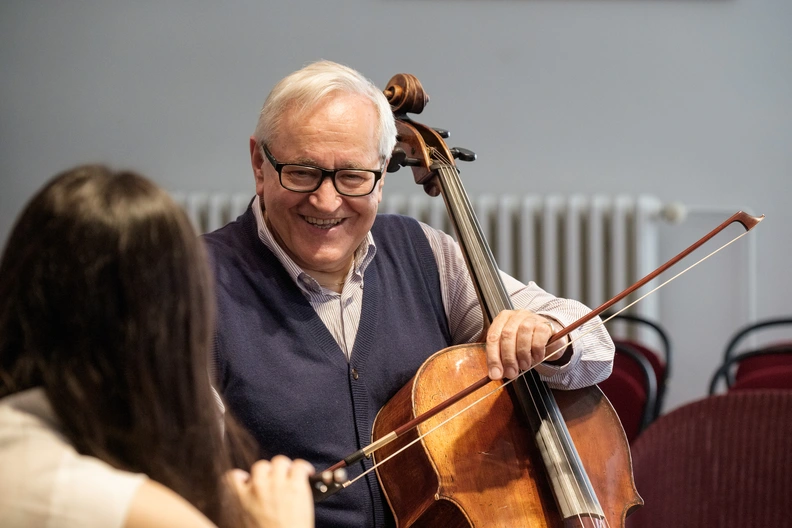

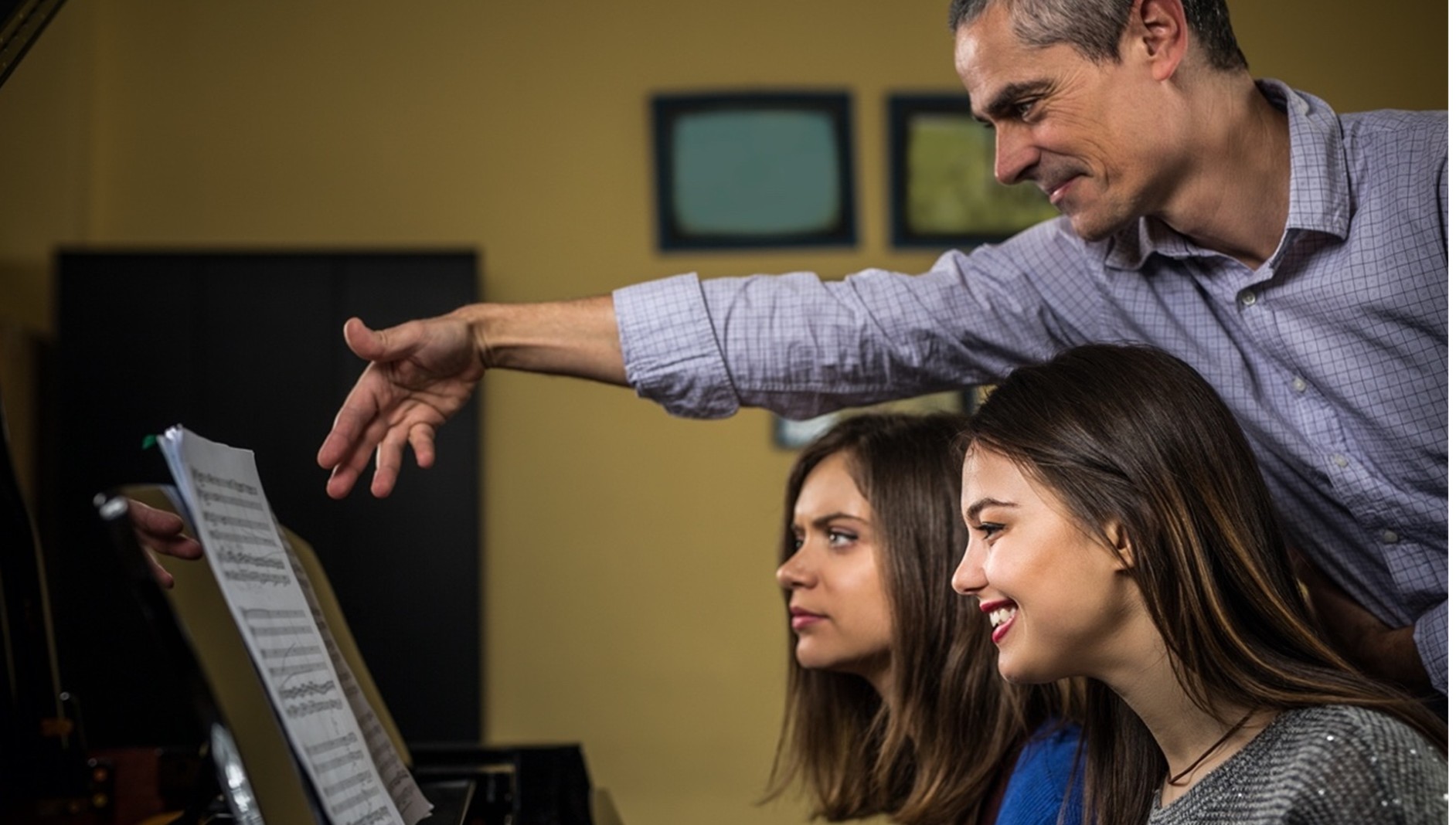
.jpg)


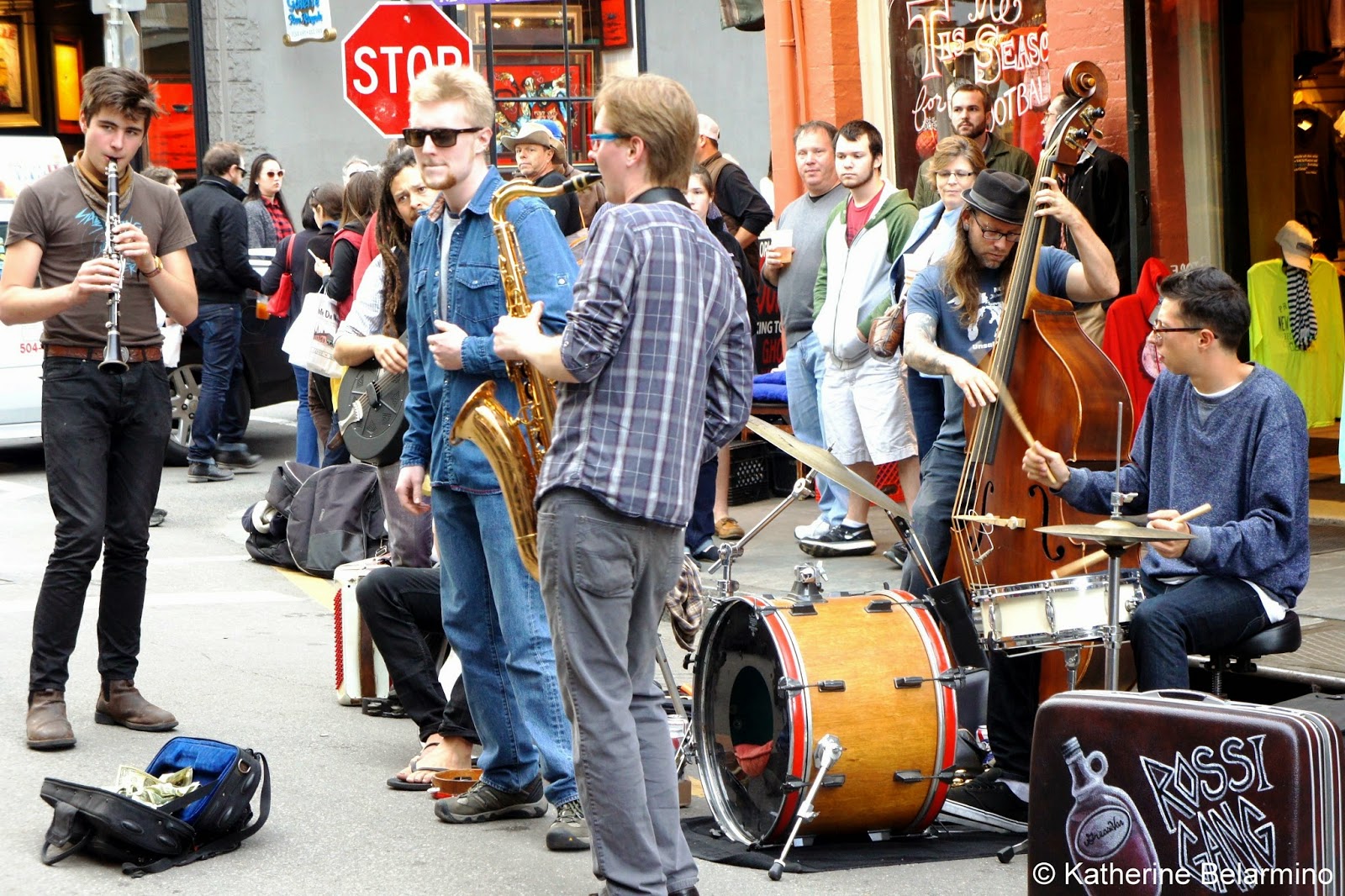
.jpg)
.jpg)
.jpg)
.jpg)
.jpg)
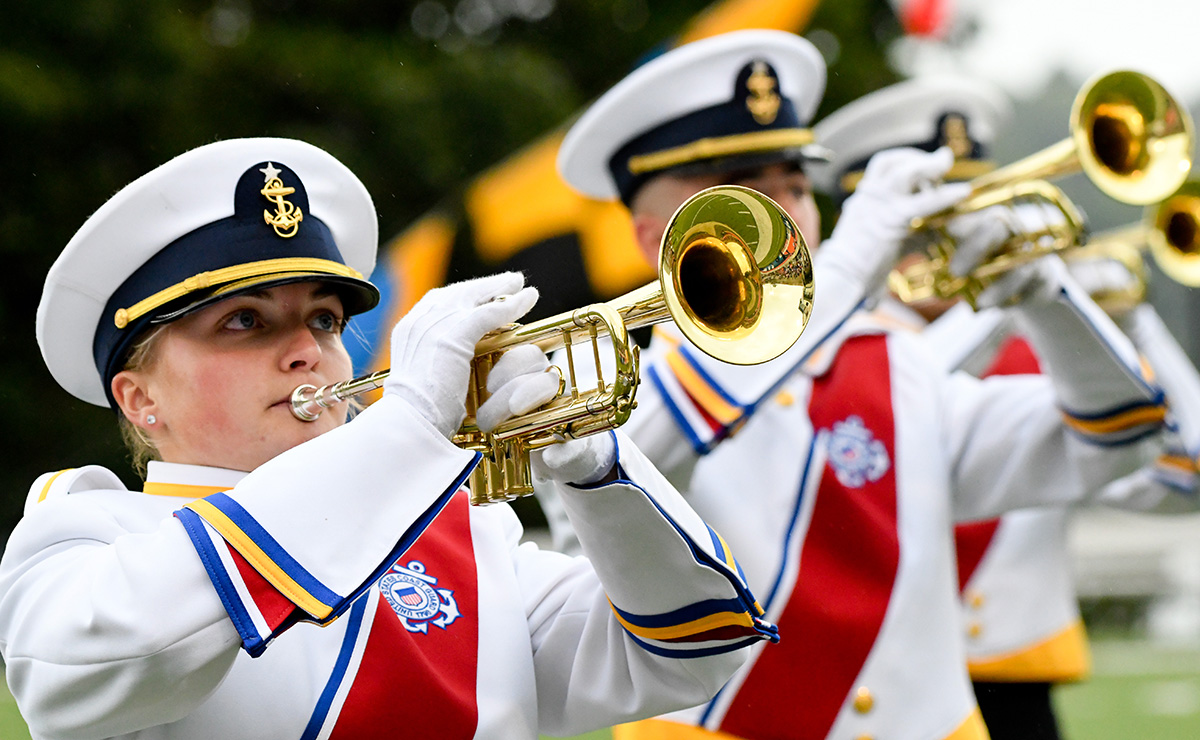
.png)
.png)
